NanoBiz Korea
나노비즈코리아
agar scientific
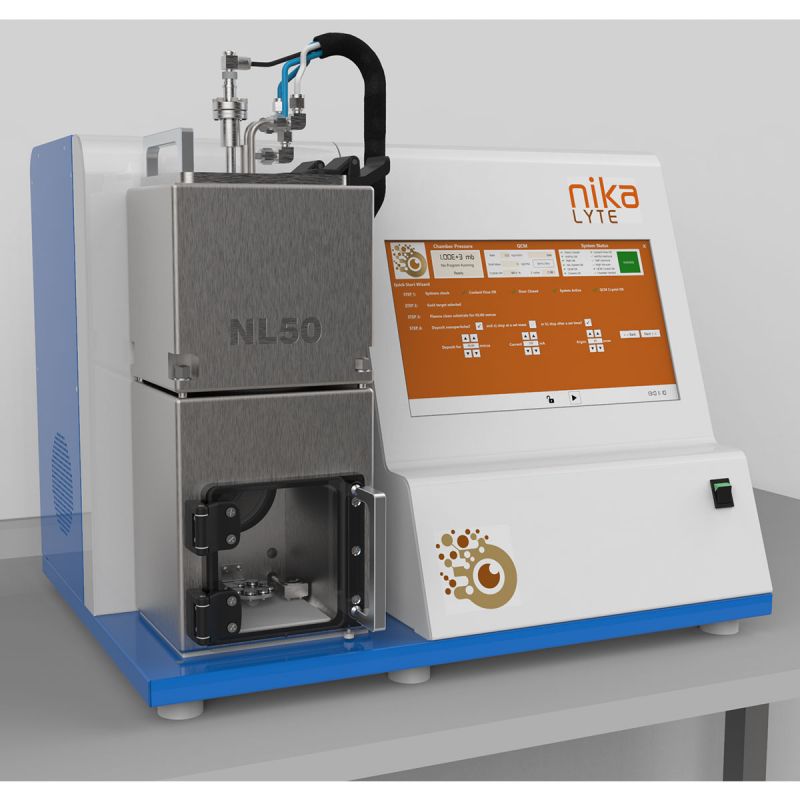
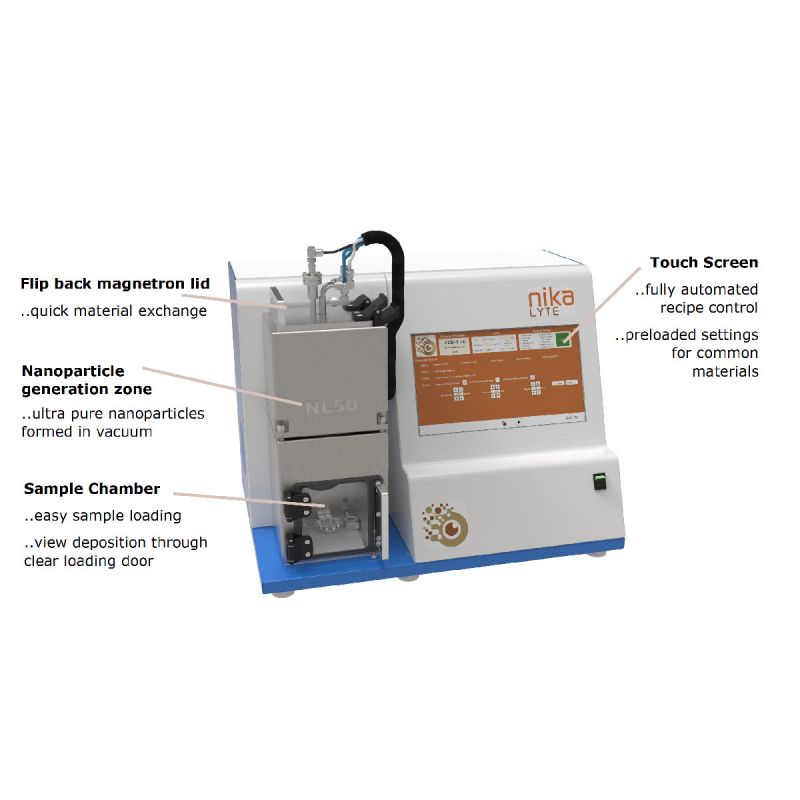
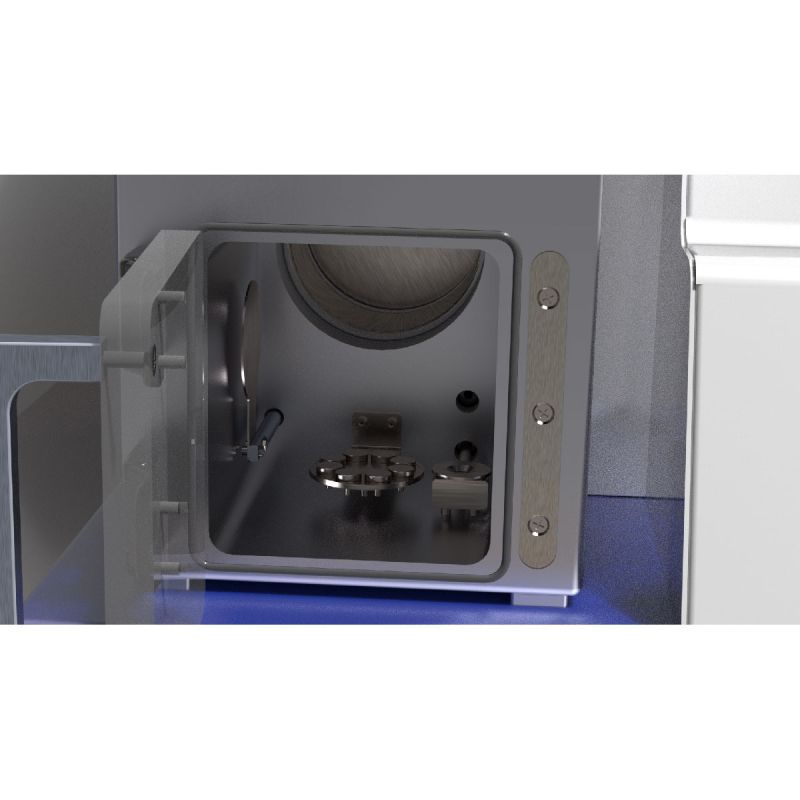
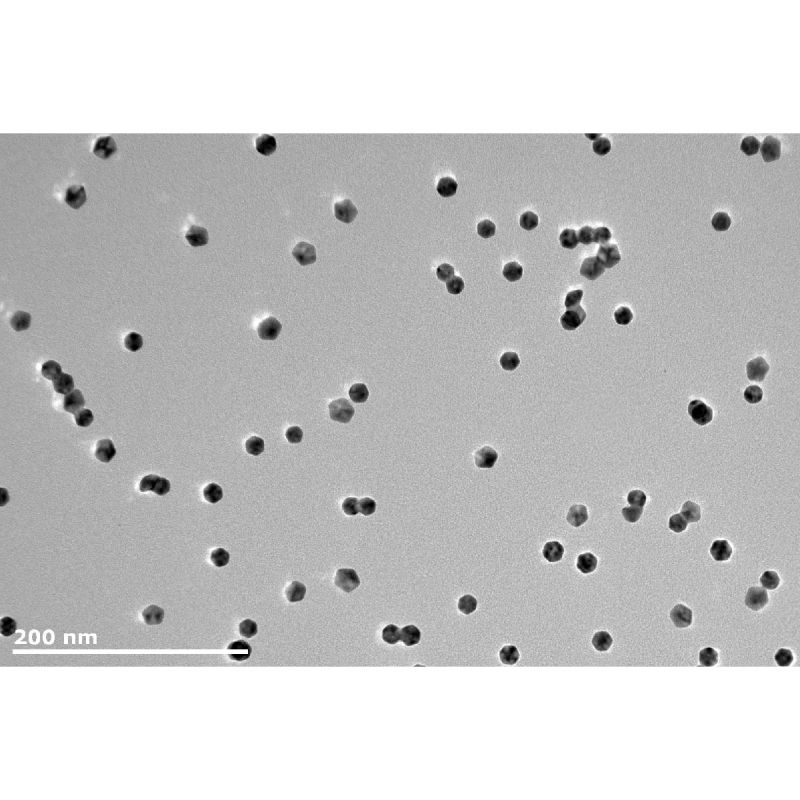
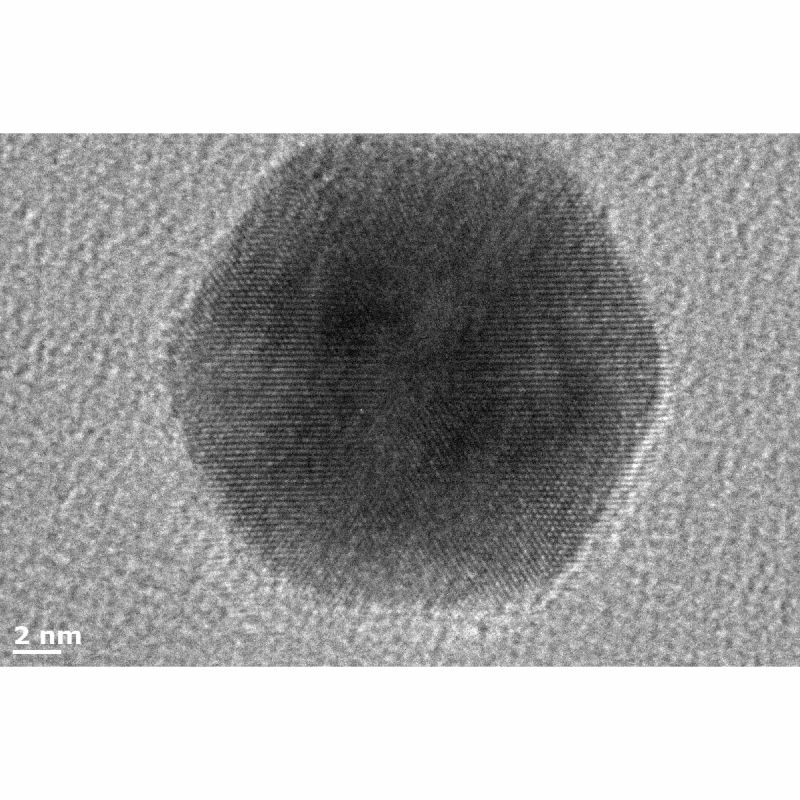
제품설명
Production Description
The NL50 is designed for any laboratory studying the applications of nanoparticles.
The vacuum deposition process produces ultra-pure nanoparticles that are free of hydrocarbons or other contamination. The nanoparticle coating is deposited straight onto the substrate, and after a typical cycle time of 30 minutes is ready for analysis with no further drying or purification steps required.
Recommended Applications include Photonics, Antiviral, Catalysis, Life Science, Graphene, Sensors, Antibacterial, Drug Delivery & more.
Ultra Pure Nanoparticles
The NL50 utilises magnetron sputtering to generate a beam of ultra-pure nanoparticles in vacuum. Nanoparticle characteristics are:
· Ultra-pure and hydrocarbon free
· Non-agglomerated
· Consistent and repeatable results
· Choice of materials including Au, Ag, Cu, Pt, Ir, Ni, Ti and Zr
· Generate compound nanoparticles such as nitrides and oxides
Deposition Control
Real time deposition control using a Quartz Crystal Monitor (QCM) enables precise and repeatable control over surface loading from sub monolayer coverage to porous 3D structures. Deposition times are typically a few minutes. Deposition times are typically a few minutes. Deposition Rates range from 10-50ng/cm2s
Easy to Use
The intuitive user interface is easy to use and allows full automation of the pump down and deposition sequence.
· Fully automated pump down and venting
· Preloaded optimised deposition settings for common materials
· Advanced users can control deposition conditions to vary the nanoparticle size and deposition rate
· Choice of deposition control using deposited weight or deposition time
Quick Material Exchange
NL50 is the ideal multi-user tool, with the ability to switch from one material to another in minutes.
The flip-back design ensures target exchange in minutes using only a Philips screwdriver. The 180-degree flip back lid allows full access to the sputter target without needing to remove the magnetron head.
Surface Cleaning & Pre-treatment
The NL50 offers optional in-situ plasma cleaning of conducting substrates.
In vacuum, plasma cleaning removes adsorbed molecules from the substrate, in order to aid adhesion of the deposited nanoparticles and enable functionalisation of the substrate surface before deposition.
For delicate substrates simply deselect the plasma cleaning step.
Flexible Substrate Loading
The NL50 is designed for a wide range of substrate types and sizes up to 50mm in diameter. Delicate substrates are suitable as no heat is generated in the deposition chamber. Substrates include, but are not limited to:
· Microscope slides
· Petri dishes
· Micro-well plates
· Membranes
· Plastics
Features & Specifications
Technical Data
![]() AGB8402 NL50 Benchtop Nanoparticle Deposition System
AGB8402 NL50 Benchtop Nanoparticle Deposition System
제품 | 제품 코드번호 |
NL50 Benchtop Nanoparticel Deposition System | AGB8402 |
Nanoparticle size control with the NL50
Depositing nanoparticles using the NL50 couldn’t be easier with the pre-loaded optimized recipes for a wide range of common materials including Au, Ag, Pt and Cu. These optimised recipes produce high-quality nano-coatings with the optimal deposition rates for each material.
However, the NL50 also enables the user to vary the size distribution of the deposited nanoparticles by varying two simple parameters – the argon gas flow and the magnetron current (power). The argon gas flow and the magnetron current both affect the thermodynamics inside the vacuum chamber. Varying these parameters can either promote or inhibit the growth of the nanoparticles, thus shifting the range of nanoparticle sizes produced.
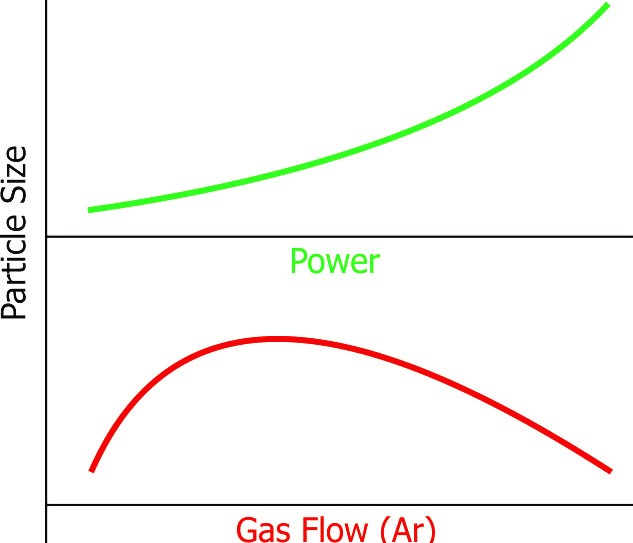
Figure 1: General trend for nanoparticle size with increasing magnetron power or gas flow.
The effect of Magnetron Current (Power)
As the magnetron current is increased, the magnetron power also increases which in turn sputters more material from the target. This resulting increase in available material will in general increase the number of nanoparticles produced (increase the deposition rate) as well as increasing the size of the nanoparticles produced.
The effect of changing the Ar gas flow
The effect of changing the Ar gas flow is more complex. An increase in argon flow will increase the amount of sputtered material available to form nanoparticles, so the size and deposition rate. However, as the gas flow and pressure increases the argon ions increasingly also act to cool (thermalize) the nanoparticles through inelastic collisions thus suppressing nanoparticle growth. Therefore, it is common to see both an increase and decrease in nanoparticle size with argon gas flow. Where the switch in behaviour depends on the material.
Users are encouraged to experiment with the process conditions to find the optimum gas flow and magnetron current for their material requirements.
Changing the nanoparticle size with the NL50
In order to modify the process conditions the user simply changes the gas flow or current in STEP 4 on the set-up Wizard, as shown in Figure 2. The effect on the nanoparticle size distribution of changing the current or the gas flow is also illustrated for nickel in Figure 2.
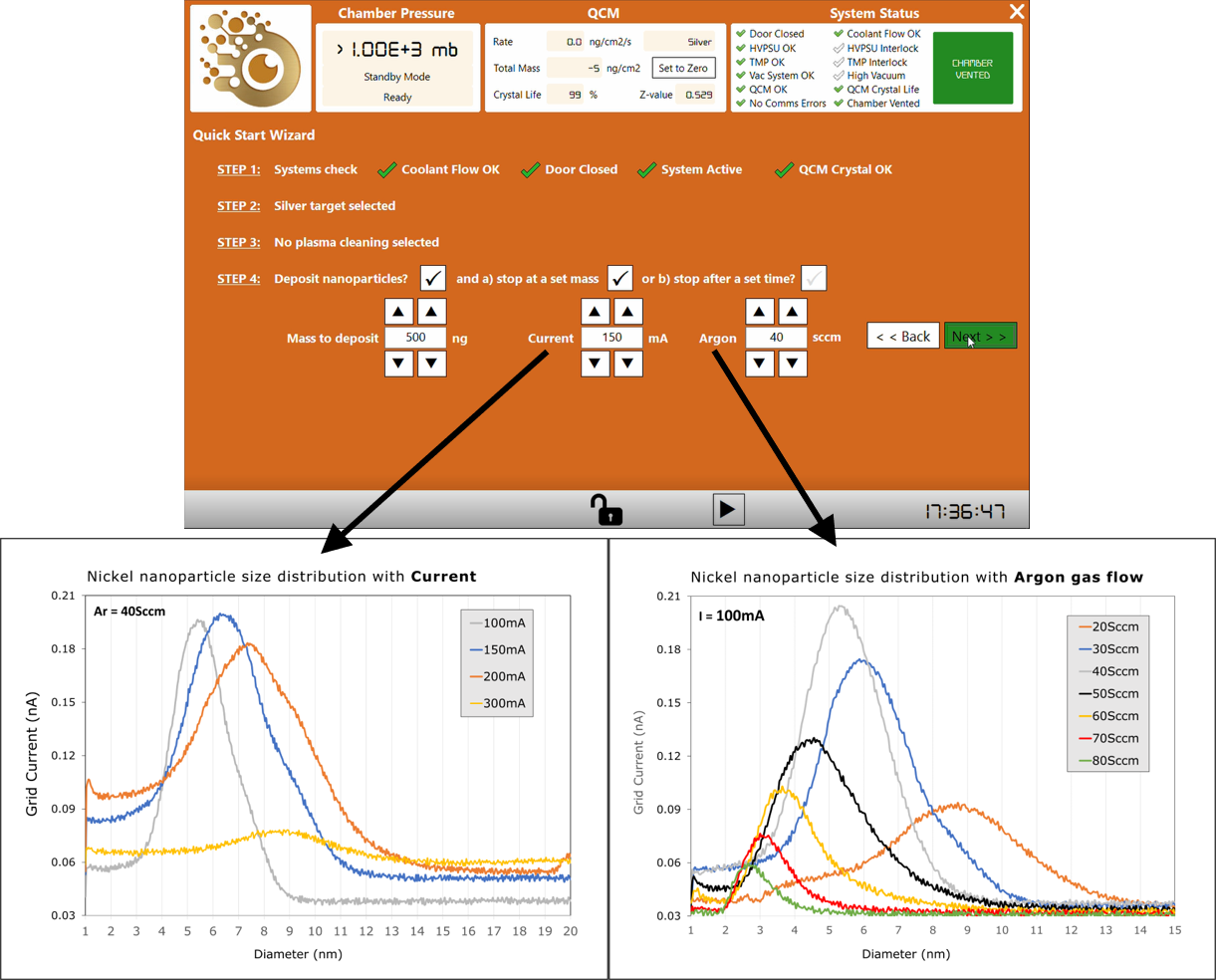
Figure 2: The user interface of NL50 indicating current and gas flow control options (top), Effect of Magnetron current on nanoparticle size distribution for Ni (bottom left) and Effect of Argon gas flow on nanoparticle size distribution (bottom right).
Figure 2 shows a shift in the nickel nanoparticle distribution to larger sizes with increasing current, as predicted in Figure 1. The drop in signal observed at 300mA occurs when the plasma temperature generated at high magnetron currents is too high for optimum Nickel nanoparticle growth, showing that there is sometimes a choice to be made between deposition rate and nanoparticle size.
The effect of changing the Ar gas flow for nickel nicely demonstrates the competing processes of the generation of more sputtered material for nanoparticle formation with the increasing suppression of nanoparticle growth by Ar ions. Figure 2 shows a shift to smaller nickel nanoparticle sizes as the Ar gas flow is increased. Initially, there is a rise in the number of nanoparticles as the gas flow is increased, showing that smaller nanoparticles are generated with the peak deposition rate occurring at 40sccm. For further increasing gas flow, both the size and number of nanoparticles decreases as the thermalization of the nanoparticles becomes more dominant.
Figure 3 shows the measured trends for nanoparticle peak position, for a range of different current and gas flows, indicating the wide range of different sizes that can be accessed through the manipulation of just two process parameters.
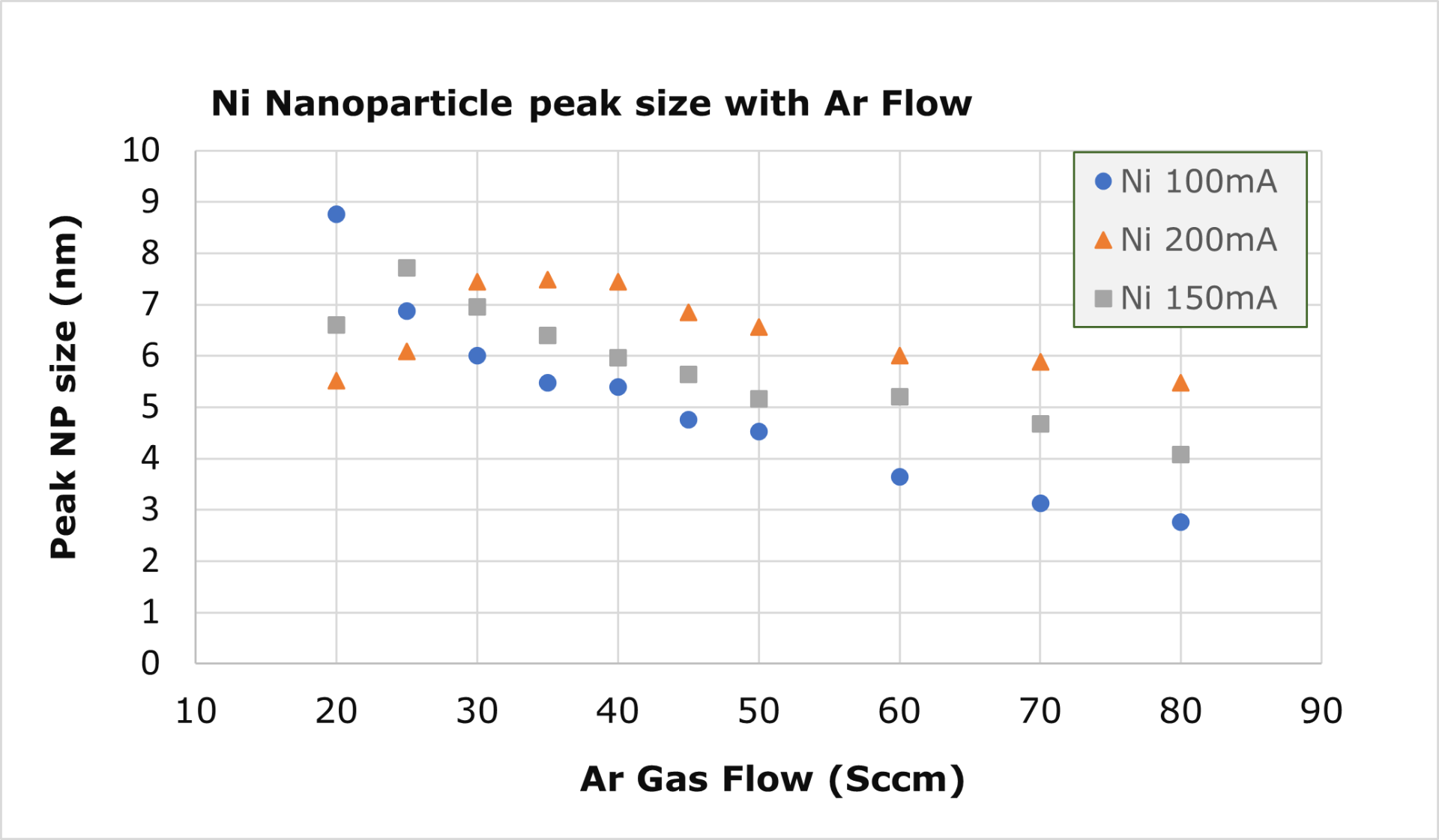
Figure 3: Nickel nanoparticle peak size with argon flow for 3 different magnetron currents



